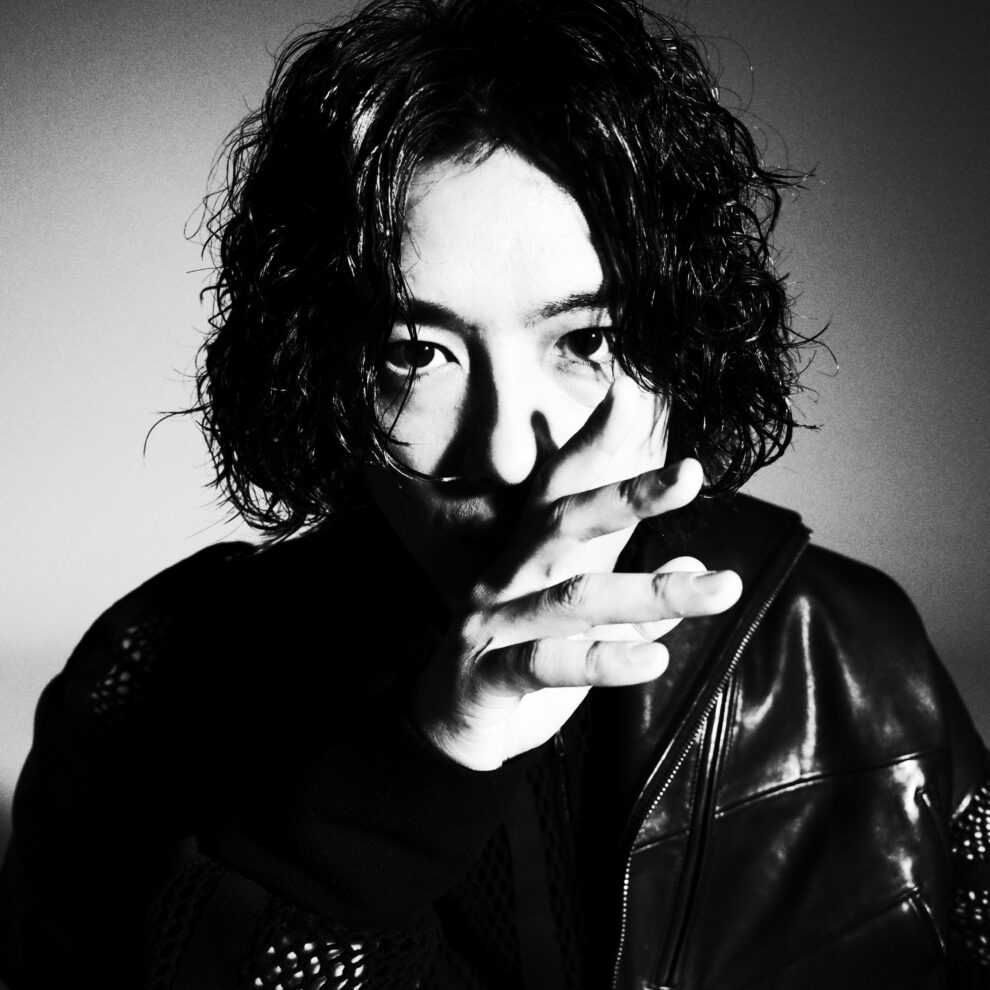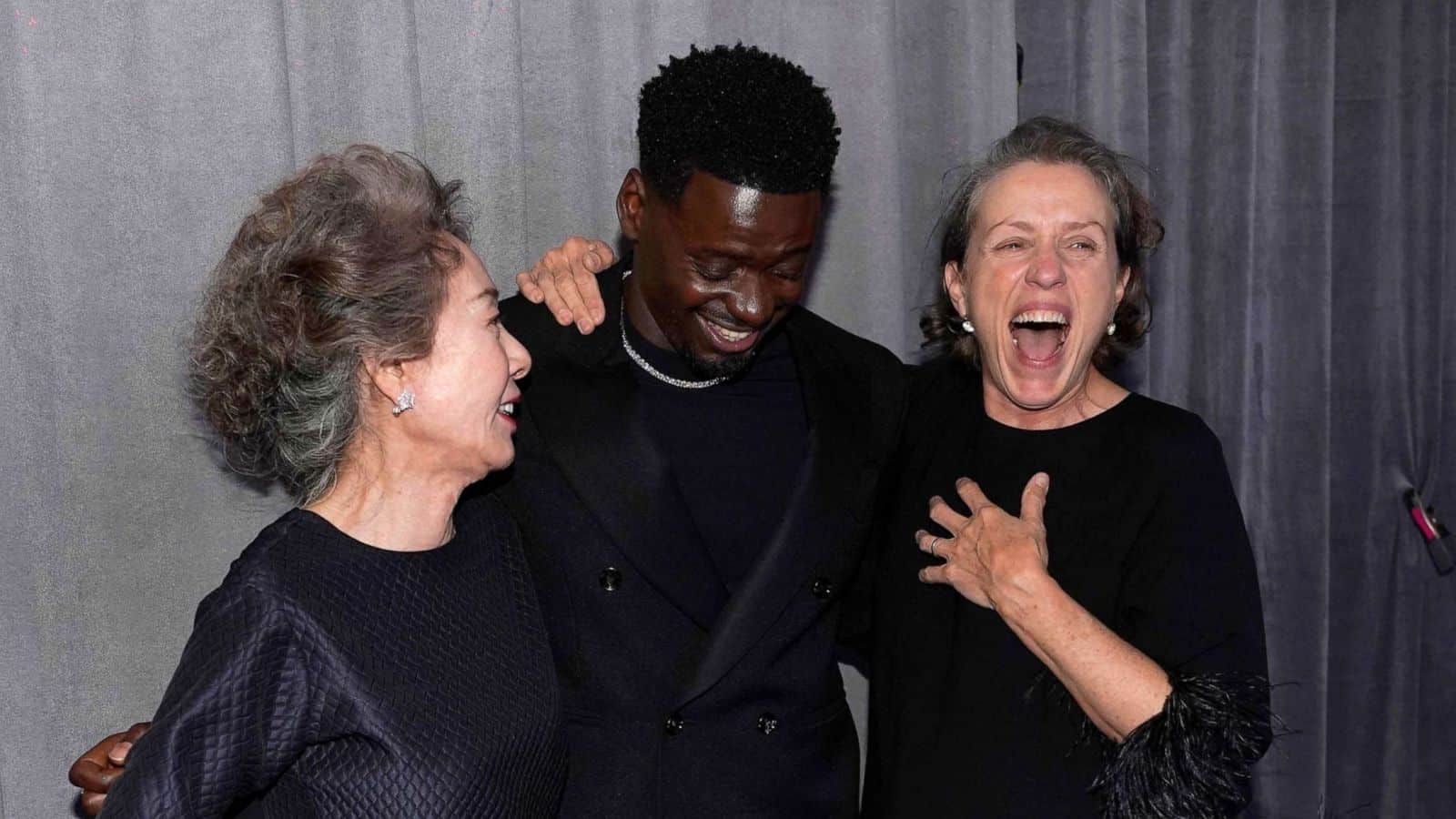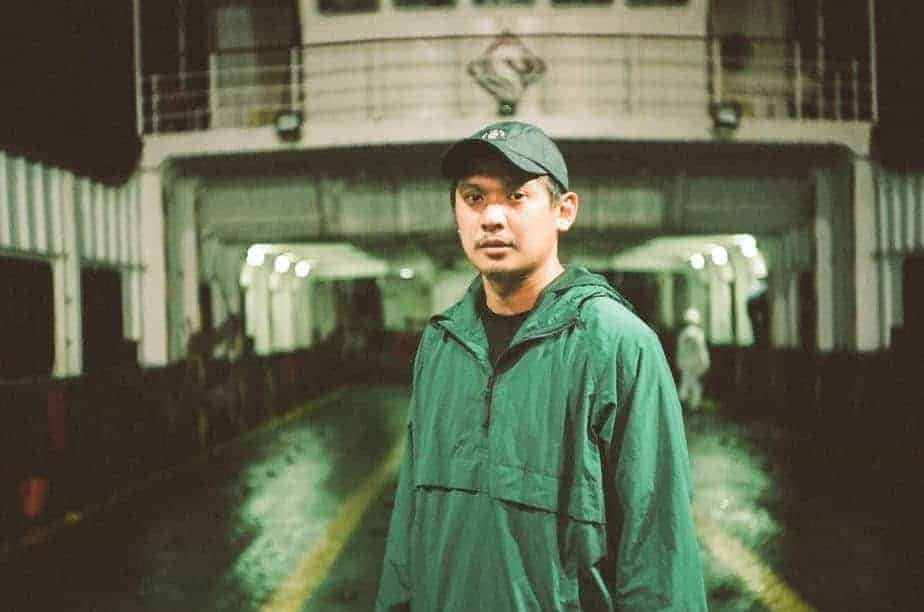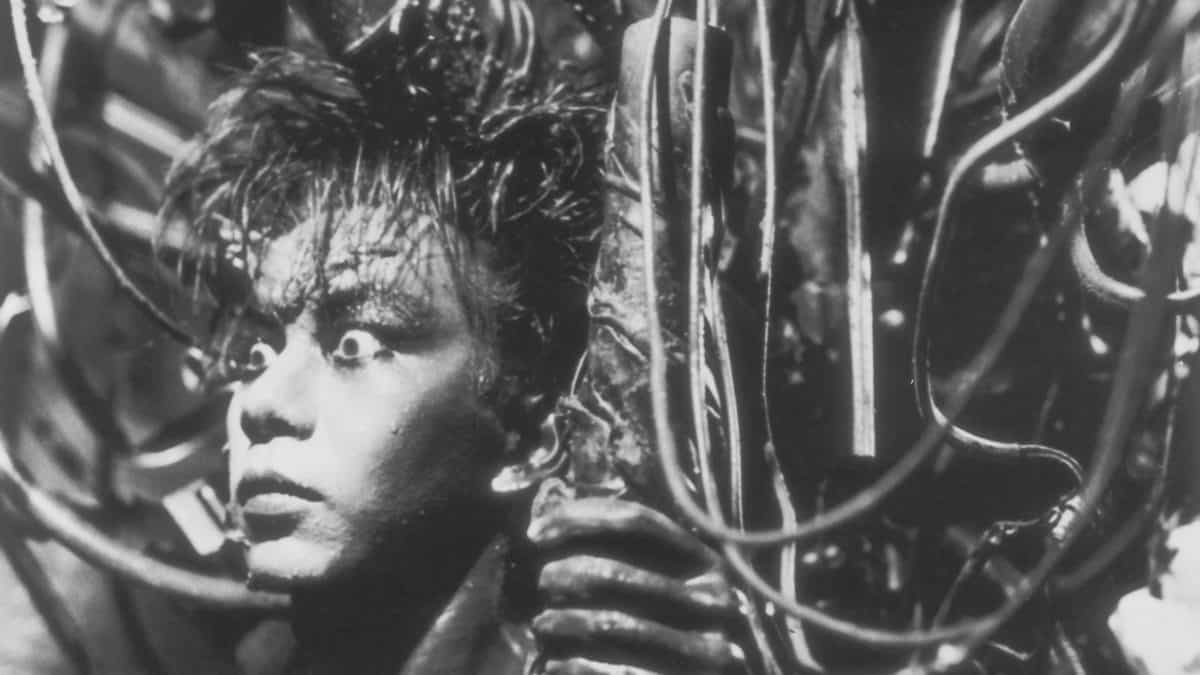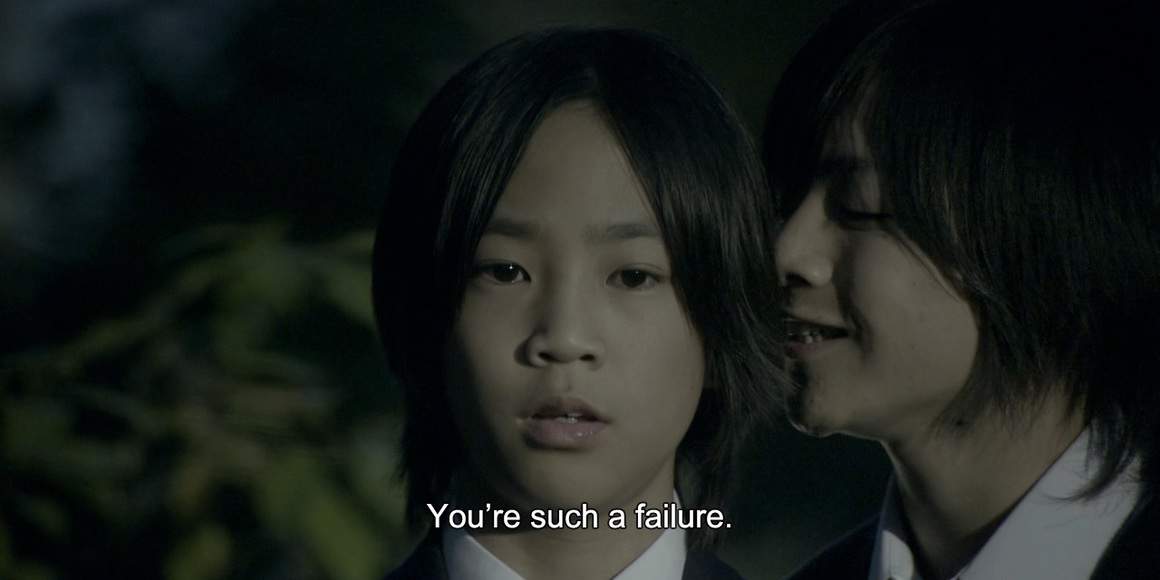Takumi Saitoh is best known as an in-demand actor with an enormous list of credits, but he has also established himself as a filmmaker and photographer. After modeling in Japan and overseas in his teens, he made his acting debut in 2001, and has appeared in such heralded films as Takashi Miike's For Love's Sake (2012) Junji Sakamoto's The Projects (2015), Eric Khoo's Ramen Teh (2018), Last of the Wolves (NYAFF 2021), Shin Ultraman (NYAFF 2022, as the titular silver hero) and The Legend and Butterfly (2023), among many others. Saitoh has been directing short films for several decades, and made his feature debut with blank 13 (2018), which won awards at film festivals in Japan and abroad, followed by the omnibus Zokki (NYAFF 2020). Home Sweet Home marks his third feature as director.
On the occasion of his film “Home Sweet Home” screening at New York Asian Film Festival, we speak with him about transitioning from actor to director, the filmmakers he “studied” in order to do so, adapting the particular novel, the characters and the fact that they all have their faults, casting, the visuals and particularly the use of shadows in the movie, the Japanese movie industry, and other topics
Home Sweet Home screened at New York Asian Film Festival
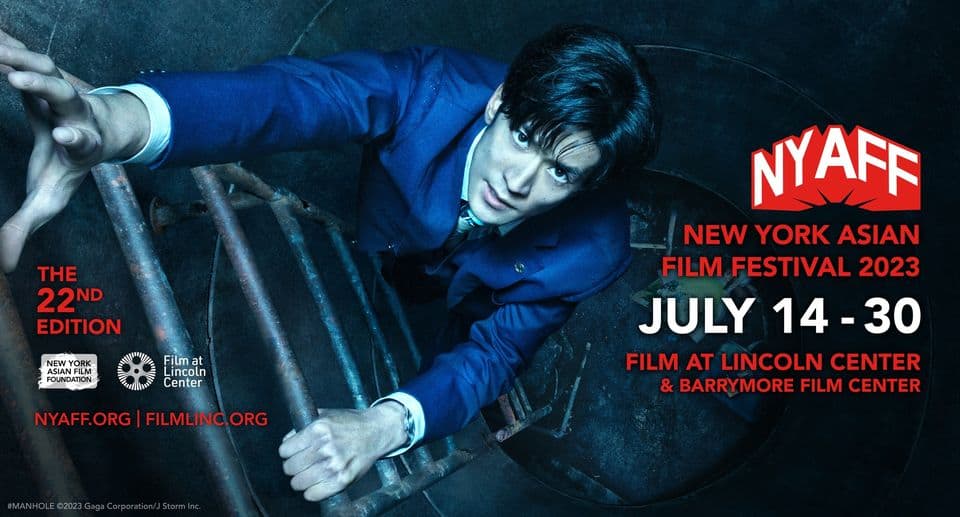
I have seen all your directorial works and I have to say you are one of those rare cases that you are as good a director as you are an actor. How did you manage to do that and did your work as an actor help in that regard?
(Saito makes a gesture that indicates a thank you) Actually, I always wanted to make films and so it was like I have always been preparing, and then my time finally came. Even becoming an actor was just a logical step in my path towards becoming a director.
During your many collaborations with filmmakers, would you say that you have studied some of them a bit more, in order to become a director yourself?
I learned from the various directors that I work with that the director's personality is what creates the mood of the set and so, as a director, I try to be as gentle and kind as possible. I also try to limit the amount of stress that I have and I carry in the set. I also learned that directors who really enjoy food tend to have great sets and great food on sets and that is something I am trying to incorporate into my production sets as well. I think that good food directly connects with the happiness and subsequently, the work of the actors, and so I try to feed everyone organic foods, fermented foods.
Is that the influence of Eric Khoo?
(laughter) Yes, that is definitely his influence, because he loves food.

What drew you to Rinko Kamizu's novel for “Home Sweet Home”?
Yosuke Nakamura, the producer of “Home Sweet Home” approached me in the winter of 2019, just as I had finished “Shin Ultraman”. When I first read the book I thought that it was so brutal and so cruel and I could not see how I could make a film out of this, so I hesitated quite a while. Then the pandemic happened and since all of us were staying at home for this long period of time, the meaning behind the book started to change and evolve for me. It started to connect with the things that were happening in the world. When that started to happen, I changed my mind and decided I wanted to make this film.
Can you elaborate on that, the connection of the movie with what was happening during the pandemic?
In Japan, after the Emergency Declaration, all of us were encouraged to stay at home. And home is meant to be a type of sanctuary but as we were trapped in our homes, I was also hearing a lot of news of brutal things happening. Instances of domestic violence for example, and home, which is meant to be our most protected place, came to be a kind of hell. When I learned about these incidents, that is when I saw the connection between the book and our current society.
Check also this interview
One of the main comments of the movie concerns how people can be different than what they appear to be. What is your opinion on the subject?
I definitely think of this duality that people have, or sometimes even more facets. That is something that I see in myself and that is why I was drawn to the characters in the original book. It was actually the first book the author wrote and I learned that the characters actually created or evolved the story and that he did not intend to write a horror novel but he invented the characters and they began doing these horrible things. In the same way, for the film, I wanted to maintain this very character-based style and really talk to the actors about the true nature of the characters.
The characters in the movie are interesting, but at the same time, they have a lot of issues that make them unlikeable, to a point at least. What is your opinion about them, is there someone you like in particular?
It is true that I cannot love all of the characters but even in the original book, there is the first victim, Amari, and he is a character that is liked by everyone that appears in the story except for the protagonist. I think that kind of quality of being disliked for no reason is something that is quite relatable, I can think of that happening to myself or perhaps a classmate. That is why he was the one I felt close to, cared for.

One of the things that make the movie stand out is that the house this time is not a gothic mansion but a modern apartment, a smart home. What are your thoughts on this approach and how did you manage to make the house look so scary?
Just as you said, I think that historic buildings and this idea of the association between old Japanese homes and ghosts makes a lot of sense but In this film, I had to try to create the horror of a new building, a new home. There were very few references for me to go too in that regard, but two examples were “Vivarium” by Lorcan Finnegan and Apple TV's show by M. Night Shyamalan, “The Servant” which were recommended to me. In these titles, you get the sense that the beauty of these new homes and even the spaces of the homes are the source of a kind of horror or terror. There is no history in these spaces and so they become very dry kinds of environments that can be quite horrific. In a world where there are increasingly more smart devices, phones, watches or even homes, it is as if A.I. is overly penetrating our lives. So now, there is this horror of places that lack people and I think that is a very modern problem.
Can you give us some details about your visual approach for the film, particularly the way you used shadows.
There are very few traditional horror film effects in the film but instead, we included a lot of close-ups of people's expressions to try to get into the deep sense of what they are feeling. My DP, Akiko Ashizawa, me and the actors all worked together to try and depict their core desires through very specific shots and then also thinking about where we filmed. We filmed in Sentai which is a very cold region and so smarthomes and cold regions are all about how people will be protected from things like snow or the extreme cold and that is something I also incorporated in the visual aspect of the movie.
How did the casting work for the film?
Since I usually work as an actor, I know who the good actors are and when I was thinking of casting the main role, the only person I could think of was Masataka Kubota, which I ended up casting. The role itself is not very special, the character itself, but I needed someone who the audience could latch onto, that they could watch and not completely dislike. I wanted to avoid a situation where there was a distance created between the character and the audience. When I was thinking who could manage something like this, someone that could carry the tension throughout the whole film, the only one I could think of was Masataka.
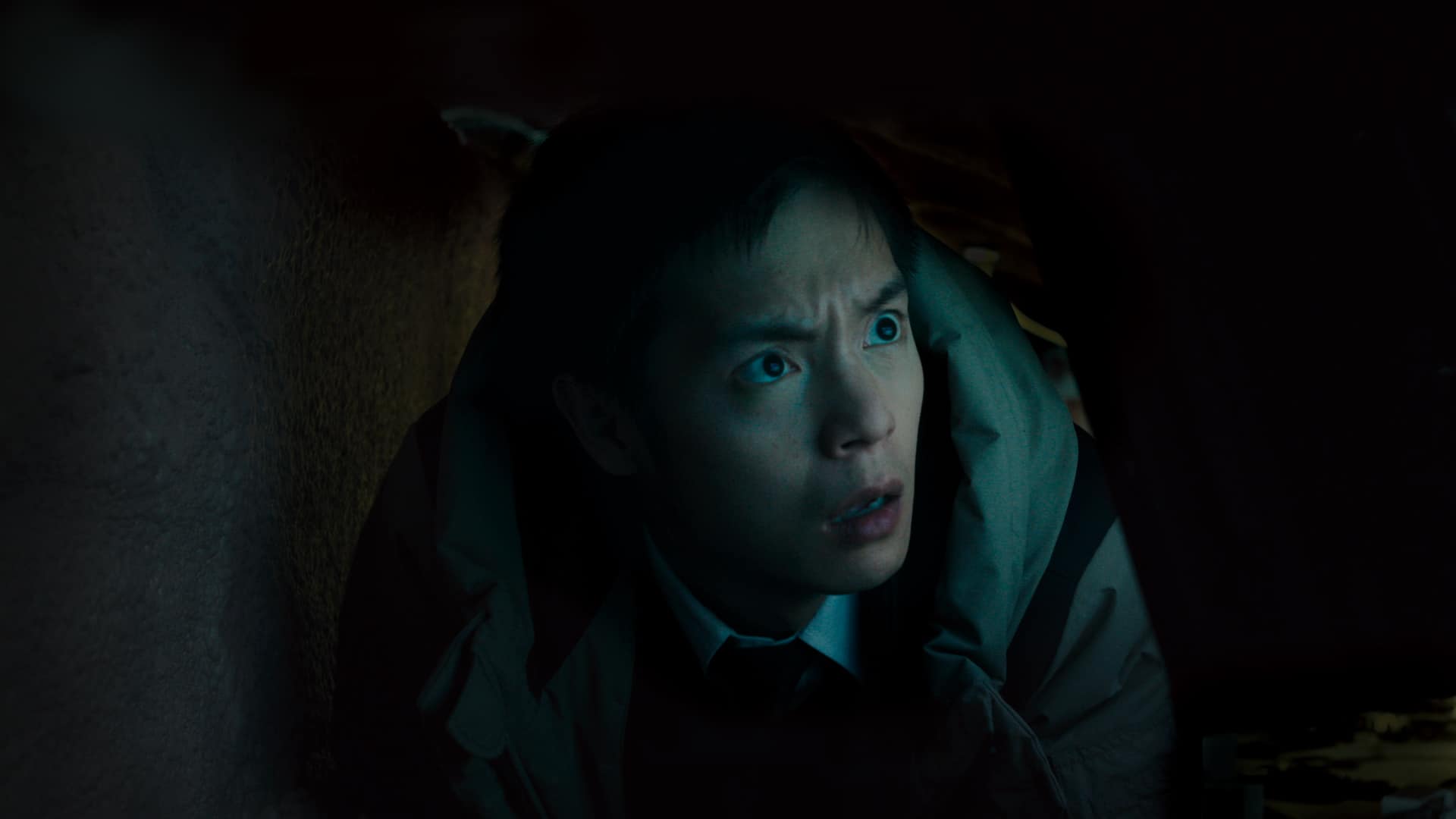
What is your opinion of the Japanese movie industry at the moment?
With the strikes that are taking place in the US, I think this type of action will affect the Japanese industry but there will be a few years of lag. What is unfortunate is that there are very few people in Japan that are cognizant of what is going on overseas. I think a lot of people think, ‘why can't Tom Cruise come to Japan to promote his film?” and that is kind of the end of it. I find this really unfortunate. Overall in the industry, including the streaming services, I think it is time for things to be updated and I think a lot of negative parts of the industry are starting to boil up to the surface, yet people are still trapped in their old ways. I think that there are people who want to revolutionize the industry and create a setting that is easier to exist in and I know I want to be on that side.


